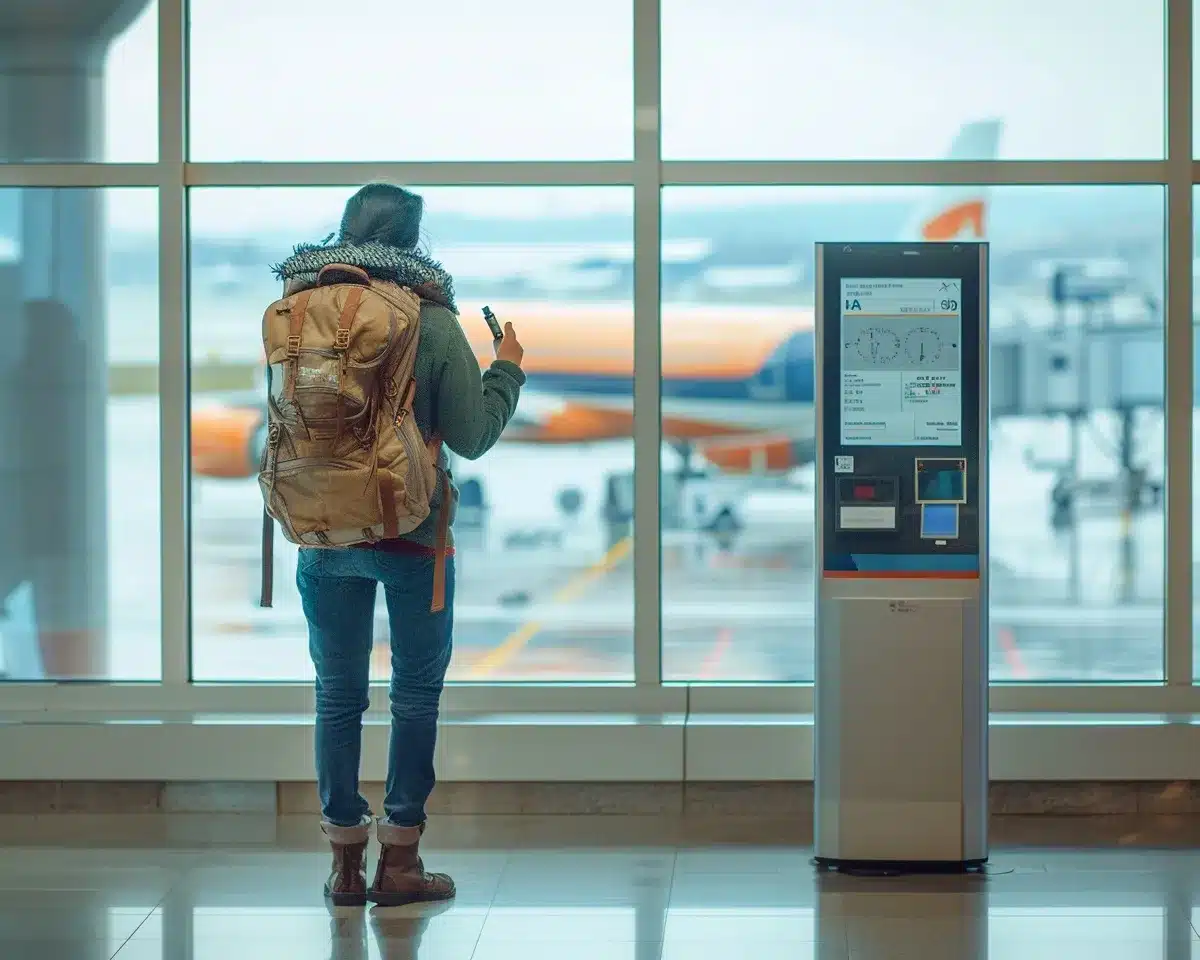
With the takeoff in electronic cigarette sales over the last decade, many regulations concerning their use have been gradually introduced, as with traditional cigarettes. It is now often forbidden to vape in public and enclosed spaces or in the presence of others. Despite their pleasant smell, electronic cigarettes are not without harm or toxicity for passive vapers and are subject to restrictions.
If you’ve decided to travel by aeroplane, you’ve probably wondered whether vaping is allowed inside the aircraft. How to carry your vape is also an important question, and it varies depending on the airline, flight, etc.
So, can you vape on a plane? Discover the answer to this question with X-Bar, plus the potential consequences and the best way to carry your electronic cigarette safely.
If you’re worried about carrying your electronic cigarette on a plane, you should know that it’s possible but regulated. You need to pay careful attention to:
Complying with these different requirements allows you to travel with your electronic cigarette in complete safety while following the rules and avoiding annoying holdups at customs or security gates.
It’s perfectly possible to carry your electronic cigarette on an aeroplane, but it’s crucial to follow a few specific rules:
Using electronic cigarettes on an aeroplane can have several consequences for the plane’s operation and the safety of other passengers on board.
Here are a few risks related to using an electronic cigarette on a plane to take into consideration:
Many airlines explicitly prohibit the use of electronic cigarettes on board their aircraft, mainly due to the safety-related risks involved. Passengers are required to comply with these rules, so using an e-cigarette on a flight may result in penalties or even criminal persecution in some cases.
Carrying batteries and e-liquids in complete safety when flying is crucial for a hassle-free journey.
First, use the protective cover specially designed for travelling with batteries. Never leave them without a cover in a bag or a pocket where they could come into contact with metallic objects and cause a short circuit. Also, make sure they are neither fully discharged nor fully charged during travel.
For e-liquids, use tightly sealed plastic or glass bottles to prevent leaks and place them in resealable plastic bags to contain any spills. Make sure you comply with the liquid quantity limits required by airlines!
Also, avoid exposing your products to extreme temperatures, as this can damage the batteries or affect the e-liquid quality. Learn about the specific regulations for carrying lithium-ion batteries or e-liquids, as these can vary depending on the mode of transport and the country.
Preparing your vaping equipment for air travel requires a few steps to guarantee a hassle-free experience and comply with current regulations.
First of all, make sure you understand the specific instructions and regulations of the airline you’re travelling with and the regulations concerning e-cigarettes and related products in your departure, stopover, and destination countries.
Carefully clean your vaping device and ensure it’s in good working order. If necessary, unscrew it to make cleaning and inspection easier. Disassemble your device as much as possible before the flight to reduce the risk of damage during transport. Liquids must be carried in 100 ml or smaller bottles and placed in a transparent resealable bag meeting airport security standards.
The batteries must be transported in protective cases specially designed to prevent short circuits. They should never be carried uncovered where they could come into contact with metallic objects.
Finally, some airlines may have extra requirements for transporting e-cigarettes and related products, like carrying them in the cabin rather than in the hold. Make sure to find out in advance to avoid any surprises at the airport.
Depending on the country you’re travelling to, the regulations on electronic cigarettes are more or less strict. So you need to find out all you can about the laws in your destination country, as well as those in your stopovers (if any!)
Here is an exhaustive list of countries with restrictive regulations on the use and possession of electronic cigarettes:
Before you leave, it’s a good idea to learn more about the laws in the country you’re visiting, especially in the United States, where laws vary widely from one state to another!
When travelling by aeroplane, store your electronic cigarette in your hand luggage. Carry it in a suitable protective case to avoid damage and leaks. Avoid putting it in your hold luggage, as changes in pressure and temperature can damage the device or cause leaks. Make sure you also remove the batteries from the device and carry them in protective cases to avoid any risk of fire or short-circuiting.
Most airlines prohibit vaping on board their aircraft, just as smoking is prohibited. This is due to potential safety risks like fires and interference with electronic systems, and discomfort to other passengers. E-cigarettes must be switched off and stored away throughout the entire flight, per safety regulations. Failure to comply with these rules may result in penalties, including fines and flight bans.
Sale prohibited to minors. Product that may contain nicotine, an addictive substance. Use by non-smokers not recommended.